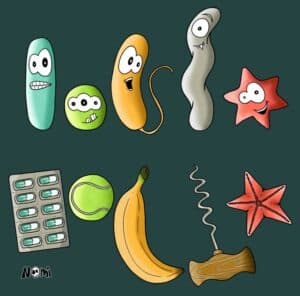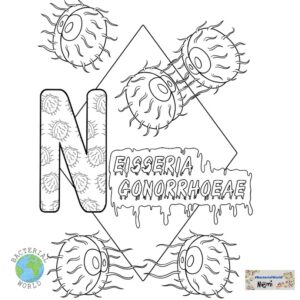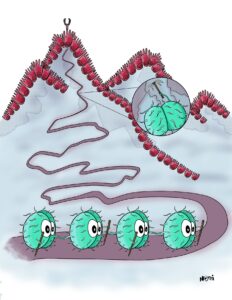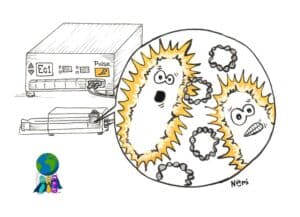
Looking fabulous: Why bacteria need to stay in shape too
For a long time, bacteria were classified according to their shapes. With new technologies, we learned that the bacterial shapes help them survive in their environments and face harsh conditions. Spheres, rods, stars and screws: Learn about the different bacterial shapes.

 Neisseria bacteria have their own way of moving since they use little hairs to reach out and touch objects. Once the bacterium finds something interesting – like another bacterium – the hair can glue itself to that surface. Next, the hair shortens and pulls Neisseria towards this other bacterium. Like this, Neisseria bacteria move towards new places and connect with other bacteria.
Neisseria bacteria have their own way of moving since they use little hairs to reach out and touch objects. Once the bacterium finds something interesting – like another bacterium – the hair can glue itself to that surface. Next, the hair shortens and pulls Neisseria towards this other bacterium. Like this, Neisseria bacteria move towards new places and connect with other bacteria.


